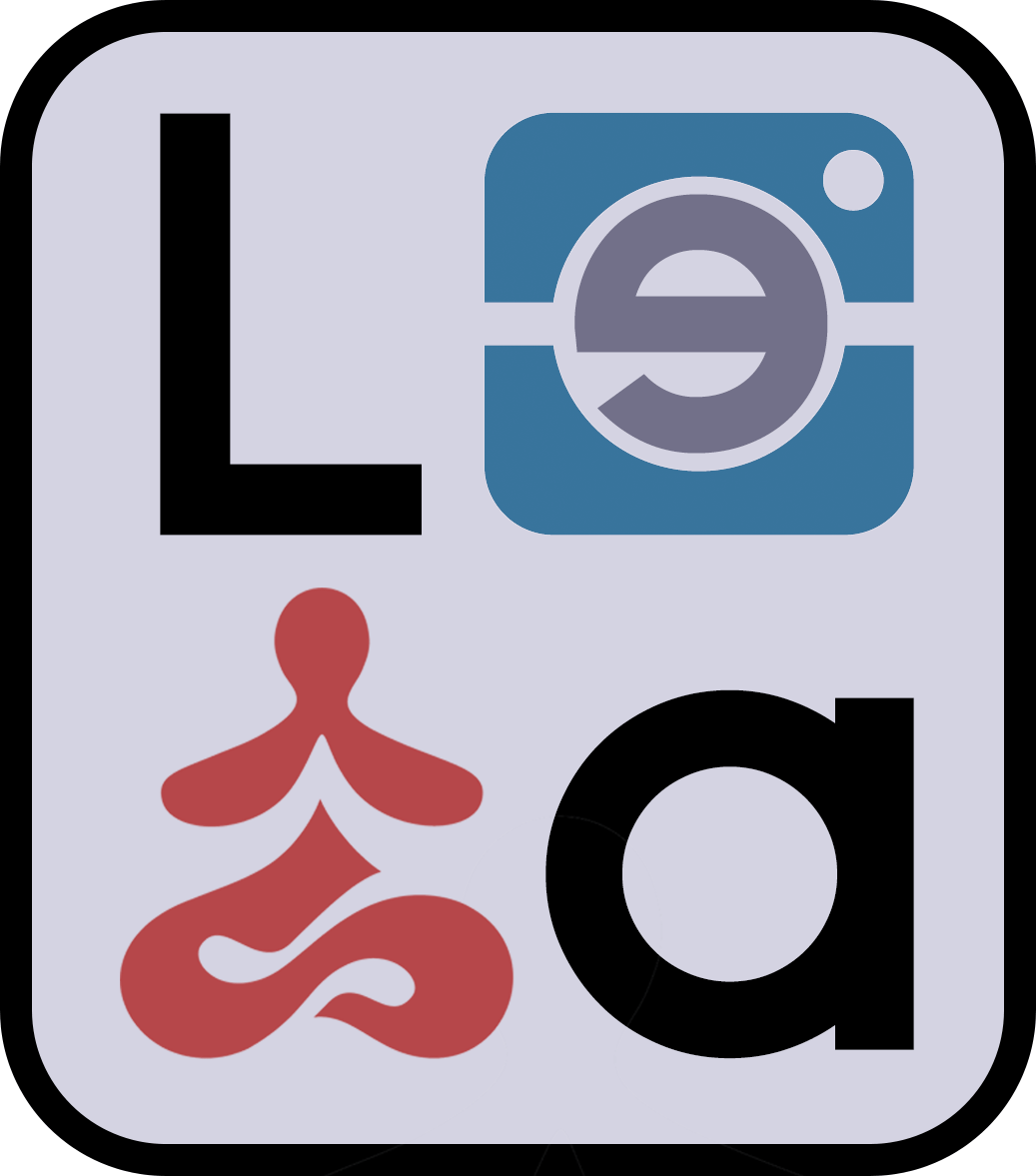The Hidden Web Within Us
The Magic of Fascia and Conscious Movement
One thing I’ve learned through years of teaching Yin Yoga is that the body never lies. And as the famous book says: The Body Keeps the Score (which, by the way, I strongly recommend).
Our body keeps stories, emotions, and habits in the most unexpected places. And in today’s blog, I would like to talk about one of these silent storytellers. Something many people don’t even know they have: FASCIA.
Since I discovered the power of fascia, I have been fascinated by it, and lately my studies and writings have revolved around it. I also recently took a Myoyin training with Nicky Hadjithoma, and it completely transformed my practice. Nicky opened a new door in front of me and introduced me to a new dimension of my body.
But first things first - you might be wondering what fascia actually is.
Fascia is the incredible connective tissue that runs through and within our entire body, forming a vast and intelligent web that surrounds every muscle, organ, bone, and nerve. It’s what literally holds us together and also what allows us to move, feel, and respond to life.
I like to think of it as our body’s inner network: an intelligent system of communication and support that holds us up, holds us together, and holds onto everything we go through, both physically and emotionally. It’s like a soft yet strong fabric that wraps around everything, allowing us to move fluidly.
For a long time, fascia was seen as something secondary — just the “white stuff” surgeons had to cut through to reach the important parts. But science is finally catching up with what ancient movement practices have known all along: fascia is alive, responsive, and deeply connected to our emotional and physical wellbeing.
When fascia becomes dehydrated or restricted—through stress, repetitive movement, or emotional tension — we feel it. Not only as stiffness or pain, but also as fatigue, anxiety, or even a sense of disconnection from our body. And this is where conscious movement becomes so powerful.
When we slow down, breathe, and move with awareness, we give fascia time to hydrate, reorganise, and communicate again. Each stretch, each pause, each deep breath acts like a gentle invitation for the body to release its old stories.
What’s amazing is how fascia responds to movement — or the lack of it. When we sit for long periods, go through stress, or don’t give our bodies enough variety of motion, fascia can become stiff, dry, and stuck. This can lead to discomfort, reduced mobility, and emotional tension. On the other hand, when we move slowly, breathe deeply, and stretch with awareness, as we do in Yin Yoga, we create the space for fascia to hydrate, soften, and release.
In my own practice, Yin Yoga has become a beautiful way to connect with my fascia. Holding poses for several minutes gives the body time to go deeper, beyond the muscles, into the connective tissue. At first, it can feel intense or unfamiliar, especially in areas that have been tight for years. But with time, breath, and presence, something begins to shift. It’s as though layers start to peel away — physically yes, but emotionally too.
One of the things I love most about exploring fascia is how it reminds me that everything in our body is connected. A tight hip can be linked to a stiff shoulder. Emotional stress can show up as tension in the jaw or belly. Nothing is isolated. And when we treat the body as a whole, we begin to heal on many levels.
In my Yin Yoga classes, I’ve recently incorporated myofascial release — and believe me, it has changed everything. It has opened our bodies into a new dimension, taking the practice of Yin to the next level. Whether through Yin Yoga poses, massage, foam rolling, or using simple tools like therapy balls, this practice helps free up stuck energy and tension. It’s like decluttering your body’s inner landscape, making room for ease, flow, and lightness.
And this is where my journey into Myoyin began. What fascinates me the most is that fascia doesn’t just connect our physical parts; it also connects our inner experience. Working on fascia isn’t only about flexibility; it’s about presence. It teaches us patience, softness, and the art of listening.
Those few minutes using a soft ball or roller before a posture help prepare the tissues, awaken sensory awareness, and create space where tightness once lived. It’s like telling the body, “It’s safe to let go now.” And the body surrenders.
I’ve seen it in my students’ faces — that moment when the effort disappears and the body melts into trust. When movement stops being mechanical and becomes medicine. That one little point that has been bothering you all week gets a hug from the ball and, like magic, the lock opens without a key — a door to releasing all tension and control.
When I first heard the term ‘myofascial release’, it sounded a bit too technical and even intimidating. But the truth is, it’s something deeply intuitive and accessible to everyone. Simply put, myofascial release is the practice of gently working with the fascia to release tension, hydrate tissue, and restore movement. Whether through Yin Yoga, foam rolling, massage, or even using your hands with breath and awareness, it’s all about inviting softness into the body.
What’s special about fascia is that it holds onto everything — our habits, our posture, our repetitive movements, even our emotional experiences. When we’re stressed or overwhelmed, the body tightens in protection. Over time, this creates restriction in the fascial web. It’s like a wrinkled bedsheet underneath a perfectly made bed: the surface might look fine, but underneath there’s stuckness.
This is where myofascial release comes in. By applying gentle, sustained pressure — like holding a Yin Yoga pose for a few minutes or resting on a therapy ball, we allow the fascia to slowly melt and reorganise. It doesn’t happen instantly. Fascia responds to time and trust. That’s why we don’t rush it.
One of the most beautiful things about myofascial release is how it teaches us patience and presence. There’s no forcing, no pushing. It’s a soft invitation for the body to open in its own way. And when it does, the relief can be profound. You might notice more mobility, less pain, and a deep sense of calm that comes from releasing long-held tension.
And again, let’s get deeper into it — you know that Yin is my passion. Why can Yin Yoga be such a great companion for fascial release?
Unlike dynamic styles that work the muscles, Yin Yoga targets fascia, ligaments, and joints. We stimulate fascia by holding postures for longer periods of time, which helps release deep tension, hydrate these tissues, and improve flexibility from within. The stillness and gentle loading in Yin Yoga poses help release fascial adhesions and improve the tissue’s ability to slide and glide smoothly. Yin Yoga also improves body awareness by helping you feel more subtle sensations in stillness.
Better awareness = Better movement patterns = Less fascial strain
In short, Yin Yoga feeds, frees, and re-tunes fascia — physically, by improving its texture and elasticity, and neurologically by calming the stress response and increasing awareness. Another key benefit is how Yin Yoga supports the parasympathetic nervous system—the part of us that governs rest, digestion, and healing. When we practise Yin, we’re not just working on the body; we’re inviting the entire system to shift into a state of ease. This alone can have a huge impact on how our fascia feels and functions.
Through consistent Yin practice, I’ve noticed that my body feels more open, but also more connected. I’m less reactive, more grounded, and better able to listen to what my body needs. My movements feel smoother, and the aches that used to nag me have softened. It’s not just physical. It’s emotional and energetic too. Fascia is where we store our stories, our scars, and our strength. When we care for it gently, regularly, and with love, we give ourselves the gift of freedom.
Yin Yoga and myofascial release are powerful tools to return to that inner freedom again and again. It’s a practice of listening, releasing, and remembering that our bodies are designed to heal, move, and thrive.
I know I’m repetitive about this, but Yin is a powerful tool. We are in desperate need of Yin in our society because we seem to be constantly pursuing Yang activities, surrounded by noise, and avoiding inner reflection at all costs. Yin gives us an incredible opportunity to release — not only physically, but also energetically. Yin gives us the space to observe, to pause, and to create new paths. Yin is our superpower, yet to be discovered.
I also invite you to visit my podcast, where I have a full episode on this deep need for Yin.
How to Introduce Myofascial Release into Your Practice
If you’re curious about adding myofascial release to your routine, the good news is that it’s simple, accessible, and doesn’t require fancy tools. You can start right where you are, with a yoga mat, your breath, and a little curiosity.
One of the easiest ways to begin is by incorporating soft massage balls (like tennis balls or therapy balls) into your Yin Yoga practice. For example, while lying down in Savasana, you can place a ball under your shoulders, glutes, or feet and gently roll or remain still to apply pressure. Let your breath guide you. The idea isn’t to force or “fix” anything but to offer your body time to soften and release.
You can also use foam rollers, blocks, or your own hands to gently apply pressure to tense areas. Move slowly, pause often, and observe how your body responds. Myofascial release works best when we listen deeply, stay present, and allow time for change.
If you already have a Yin Yoga practice, try adding one or two areas of focused release before or after a pose — for example, using a ball in your upper back before Melting Heart (Anahatasana), or under the hips before Swan Pose. These small additions can make a big difference over time.
Start small, stay consistent, and be patient. Your fascia will thank you. Over time, you’ll notice not just more flexibility, but a deeper sense of freedom, flow, and connection in both your body and your life.
So next time you roll out your mat for Yin Yoga, take a moment to tune into this incredible web within you. Notice how your body feels, how your breath moves through you, and where you might be holding on. Trust that with each slow movement and each mindful breath, you are nourishing your fascia and, in turn, your whole self.
Because fascia is more than tissue.
It’s connection.
It’s memory.
It’s possibility.
And through movement, awareness, and gentle release, we come back home to ourselves.
I have a few classes on my YouTube channel where you can practise Myoyin and explore this journey into the discovery of your inner web.
MYOYIN CLASS ON YOUTUBE
Because sometimes, true change doesn’t come from pushing harder — it comes from feeling deeper, letting go, and surrendering.
““When we move with awareness, we don’t just stretch the body we expand the space where life can flow again.””


